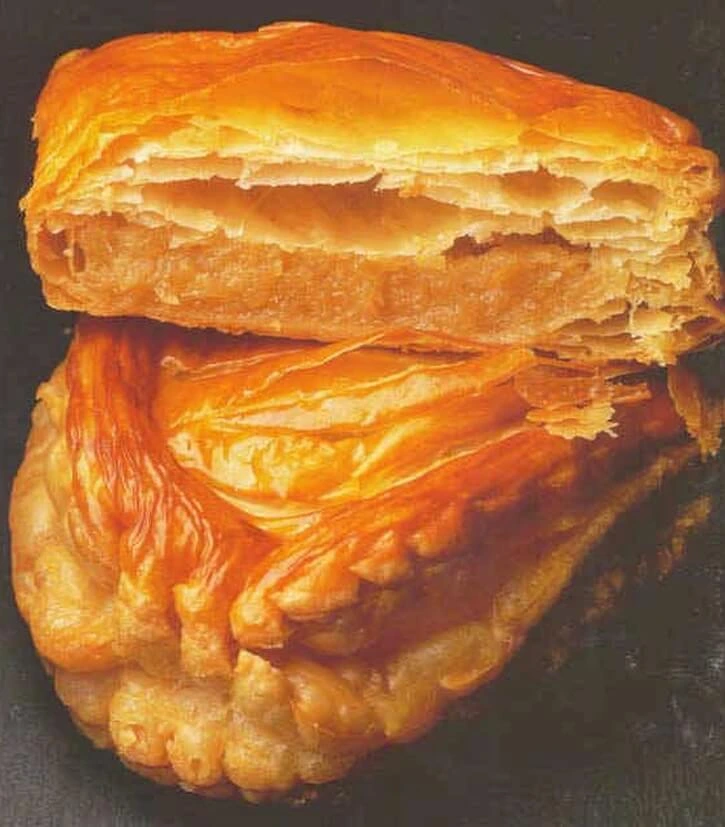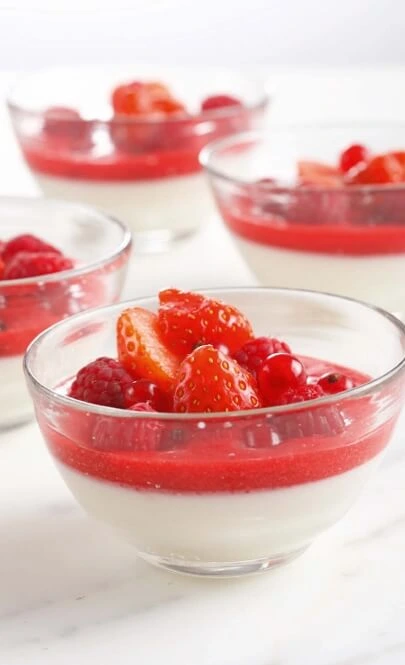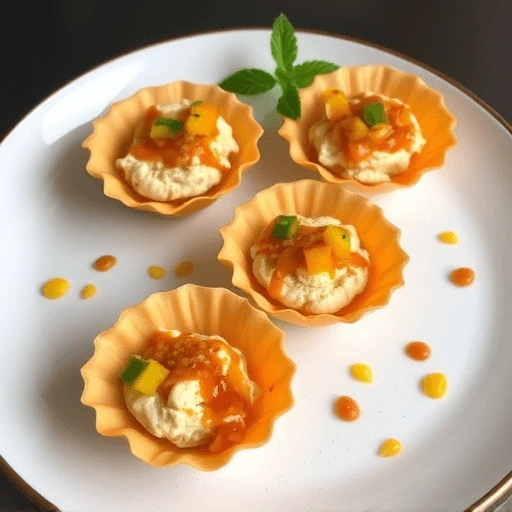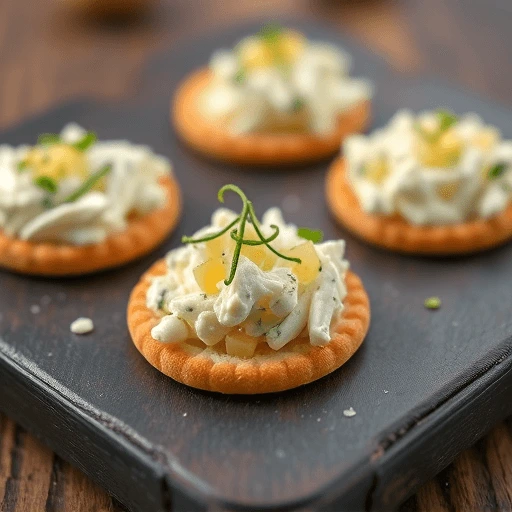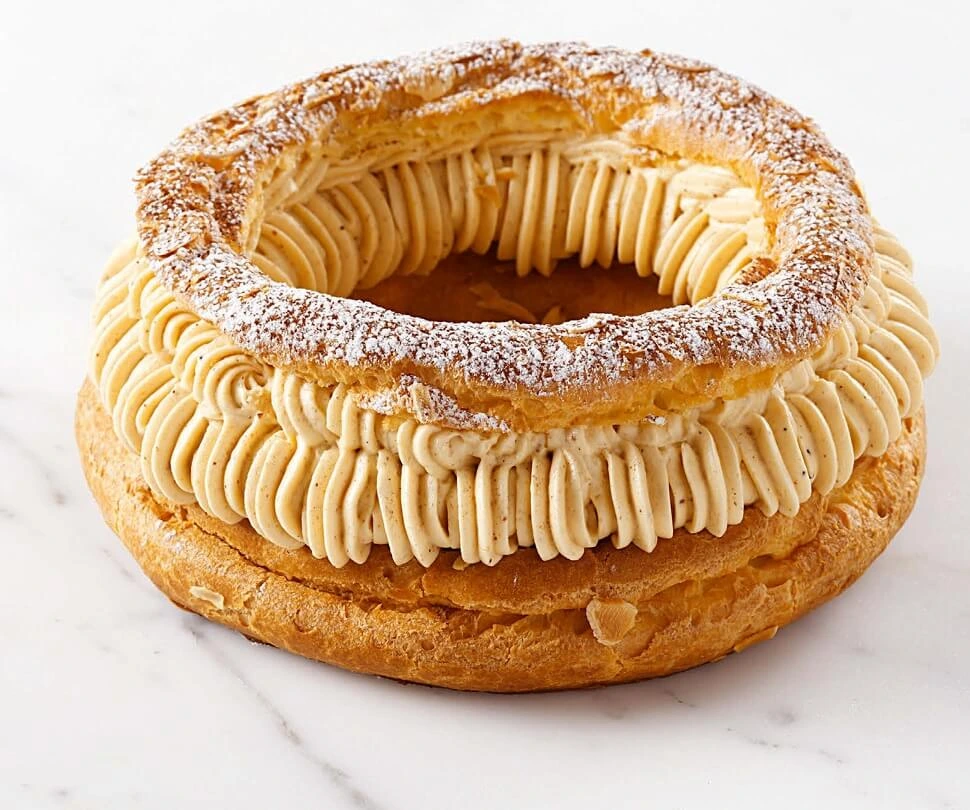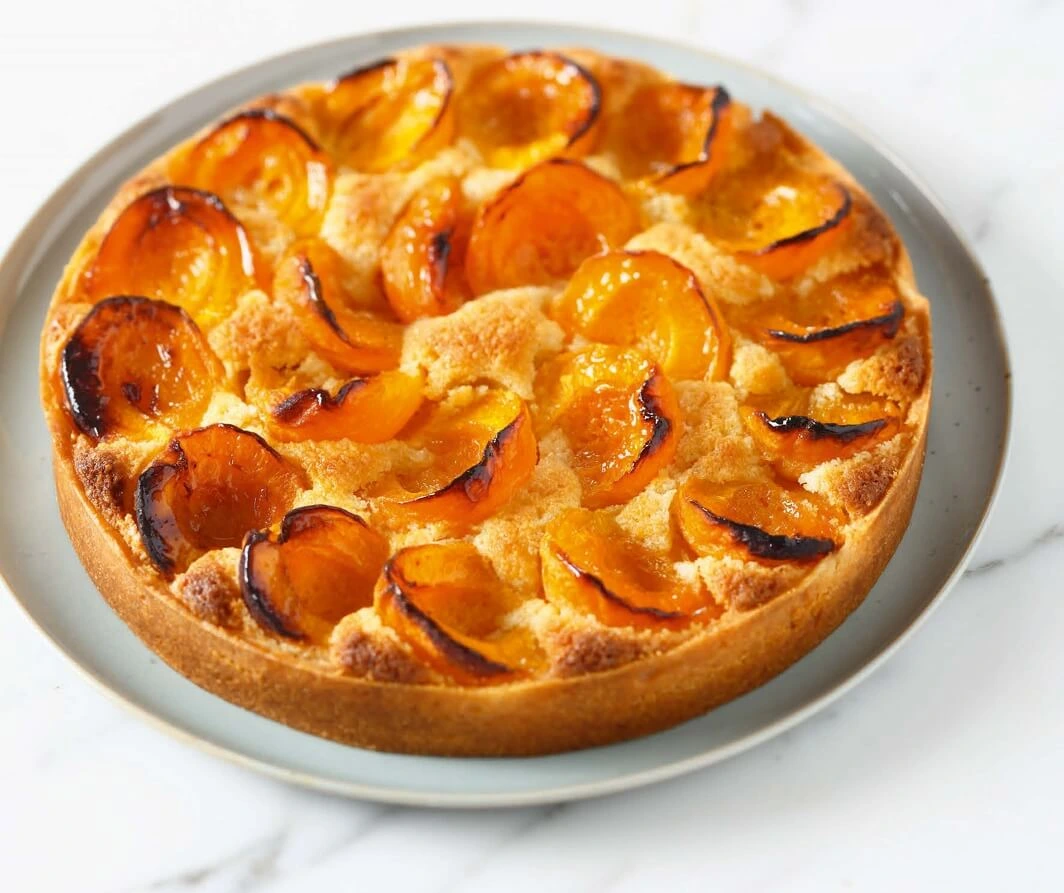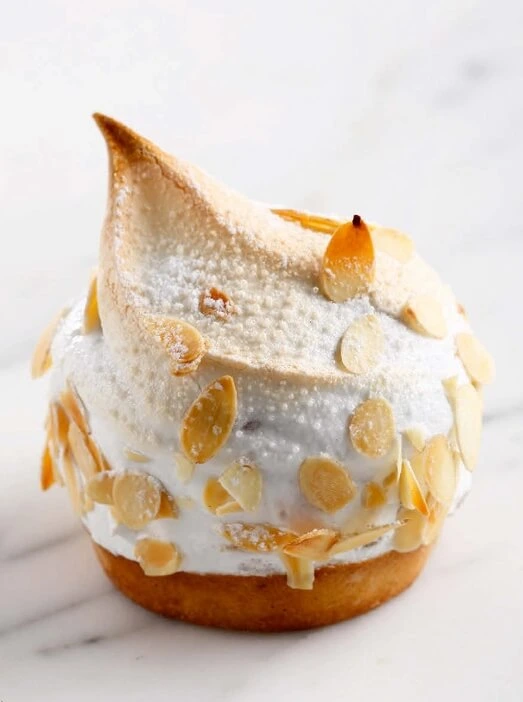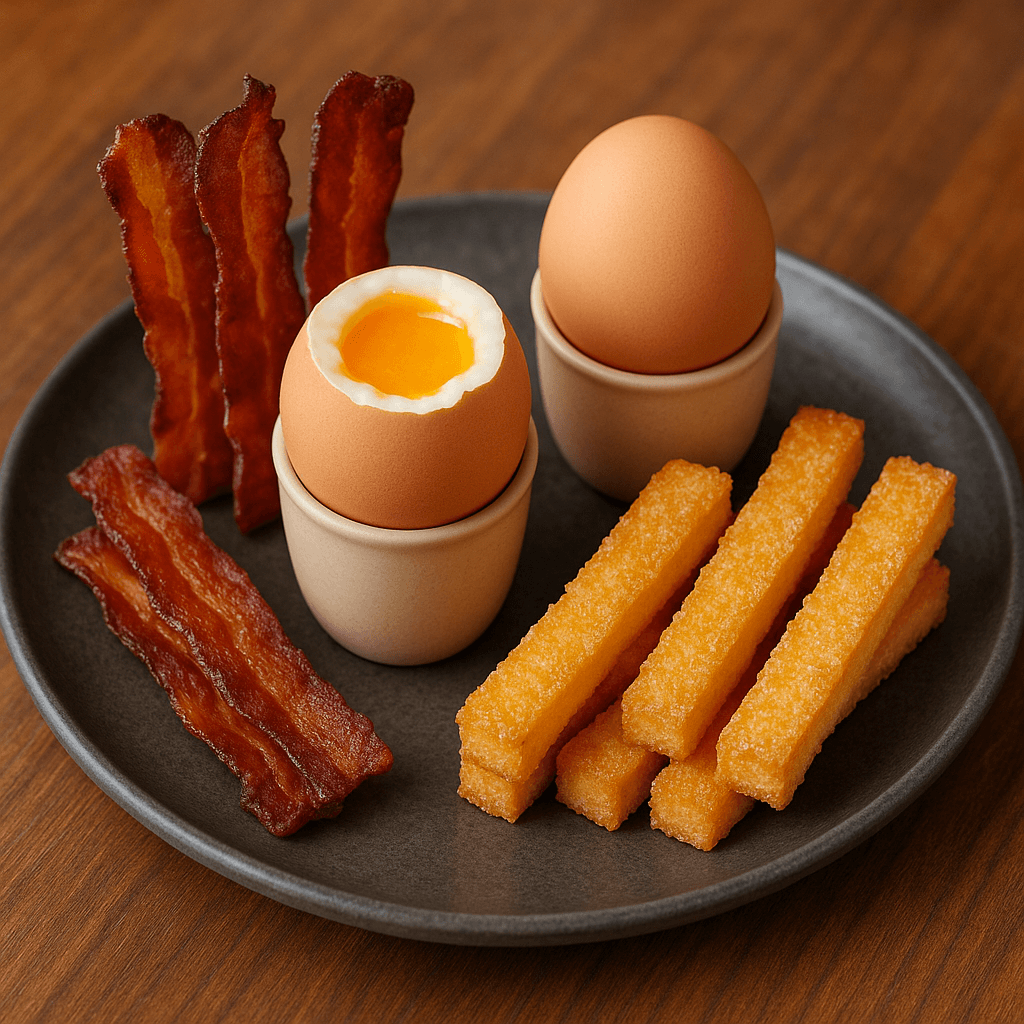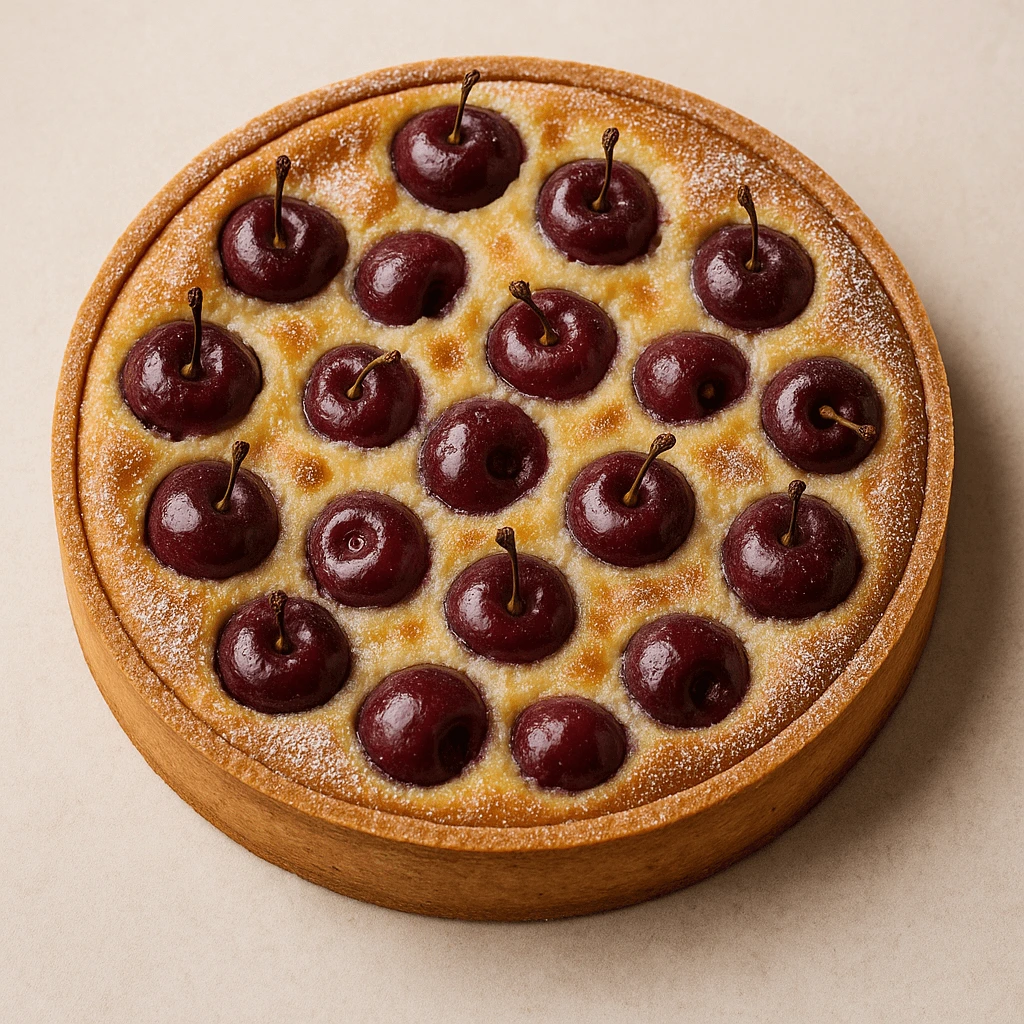The Best Burnt Cheesecake Recipe You’ll Ever Try — No Water Bath, No Fuss
burnt basque cheesecake At first glance, it looks like a mistake — scorched, cracked, and deeply caramelized. But make no mistake: the Basque Cheesecake is a masterpiece born from deliberate imperfection. Hailing from the culinary heart of San Sebastián in the Basque Country, this iconic dessert has captured the hearts of pastry chefs and home … Read more


